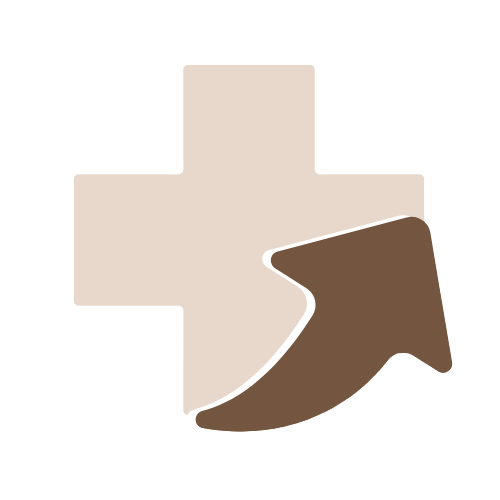Epidermoid Cyst
Overview
An epidermoid cyst, commonly referred to as a sebaceous cyst, is a slow-growing, benign lump beneath the skin. These cysts are filled with keratin, a protein normally found in skin cells, and are enclosed by a thin layer of skin-like tissue. Epidermoid cysts are one of the most common types of skin cysts and can develop on various parts of the body, particularly on the face, neck, back, and trunk. While generally harmless, they can become inflamed, infected, or cause cosmetic concerns for some individuals.
Causes
Epidermoid cysts form when skin cells, instead of shedding off, move deeper into the skin and multiply. The exact cause can vary, and several factors may contribute to their development:
- Blocked hair follicles: Hair follicles that are clogged with oil or dead skin cells can lead to cyst formation.
- Skin trauma: Injuries or surgical wounds can trap skin cells beneath the surface, leading to cyst development.
- Genetic conditions: Certain genetic syndromes like Gardner's syndrome or basal cell nevus syndrome can increase the risk.
- Hormonal changes: Fluctuations in hormones, especially during puberty, can contribute to the formation of cysts.
- Acne-prone skin: Individuals with acne are more likely to develop epidermoid cysts due to clogged pores.
Symptoms
Epidermoid cysts present with characteristic signs that make them relatively easy to recognize:
- Visible lump: A round, dome-shaped bump beneath the skin, typically painless.
- Size variation: Ranges from a few millimeters to several centimeters in diameter.
- Central pore: Many cysts have a small, visible opening in the center (called a punctum).
- Slow growth: The cyst enlarges gradually over months or years.
- Foul-smelling discharge: If ruptured or squeezed, the cyst may release a cheesy, unpleasant-smelling material.
- Redness and tenderness: When inflamed or infected, the cyst may become red, swollen, and painful.
Diagnosis
Diagnosing an epidermoid cyst typically involves a straightforward clinical evaluation:
- Physical examination: A healthcare provider examines the size, location, and appearance of the cyst.
- Medical history: Questions regarding onset, growth rate, and any previous cyst infections help guide diagnosis.
- Imaging tests: In unusual cases, ultrasound or MRI may be used to confirm the diagnosis or assess deeper cysts.
- Biopsy: Rarely, if there’s doubt about the nature of the lump, a biopsy may be performed to rule out malignancy.
Treatment
Most epidermoid cysts are harmless and may not require treatment unless they cause discomfort, cosmetic concerns, or become infected:
- No treatment (observation): Small, asymptomatic cysts can be left alone under regular observation.
- Incision and drainage: If the cyst becomes infected, a healthcare provider may drain it to relieve symptoms, although this doesn’t remove the cyst lining.
- Surgical excision: Complete removal of the cyst, including its wall, is the most effective way to prevent recurrence.
- Minimally invasive techniques: Techniques like punch excision are sometimes used for smaller cysts.
- Antibiotics: If an infection is present, oral antibiotics may be prescribed alongside drainage.
- Avoid squeezing: Self-draining or squeezing at home is discouraged as it can lead to infection or incomplete removal.
Prognosis
The prognosis for epidermoid cysts is excellent, especially when properly managed:
- Benign nature: These cysts are non-cancerous and rarely cause serious medical problems.
- Low recurrence after excision: Complete surgical removal typically results in a low chance of recurrence.
- Infection risks: Occasionally, cysts may become infected, requiring prompt medical treatment.
- Minimal scarring: With proper surgical techniques, scarring can be minimized, especially on cosmetically sensitive areas like the face.
- Long-term outlook: Most individuals experience complete resolution of symptoms following treatment with little to no impact on quality of life.
Regular monitoring and early intervention for inflamed or growing cysts help ensure optimal outcomes.
